Contact Us
LOCATION
Our office is located at The Innovation Centre on the Sunshine Coast, Queensland Australia.
Our Information
ADDRESS The Innovation Centre, 90 Sippy Downs Drive, Sippy Downs QLD 4556
EMAIL Info@yourbusinessvalue.com.au
Any Questions? Get In Touch.
If you have any questions around preparing your business for sale or your businesses value, don't hesitate to shoot us message. We're happy to help.
View our privacy policy click here.

